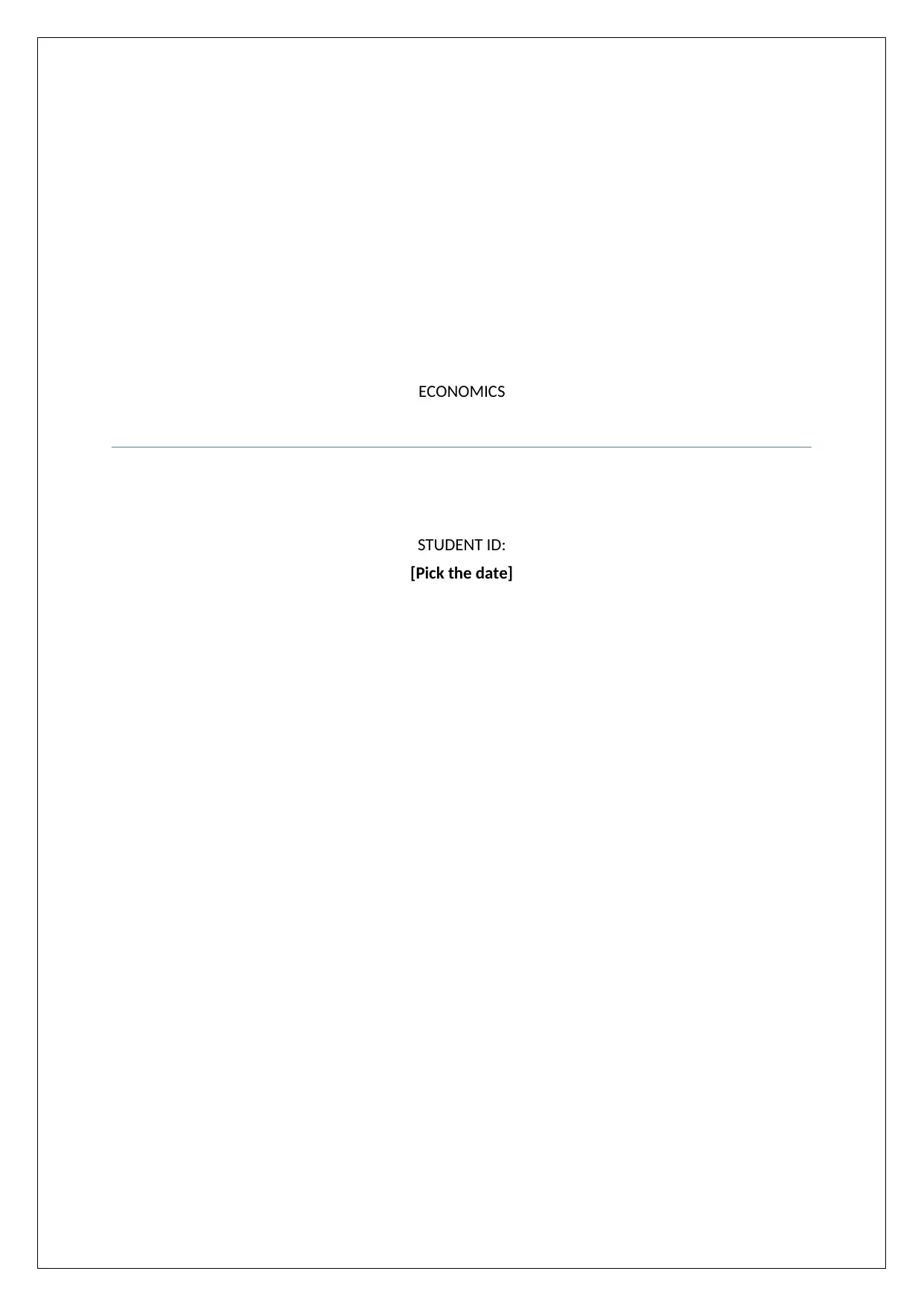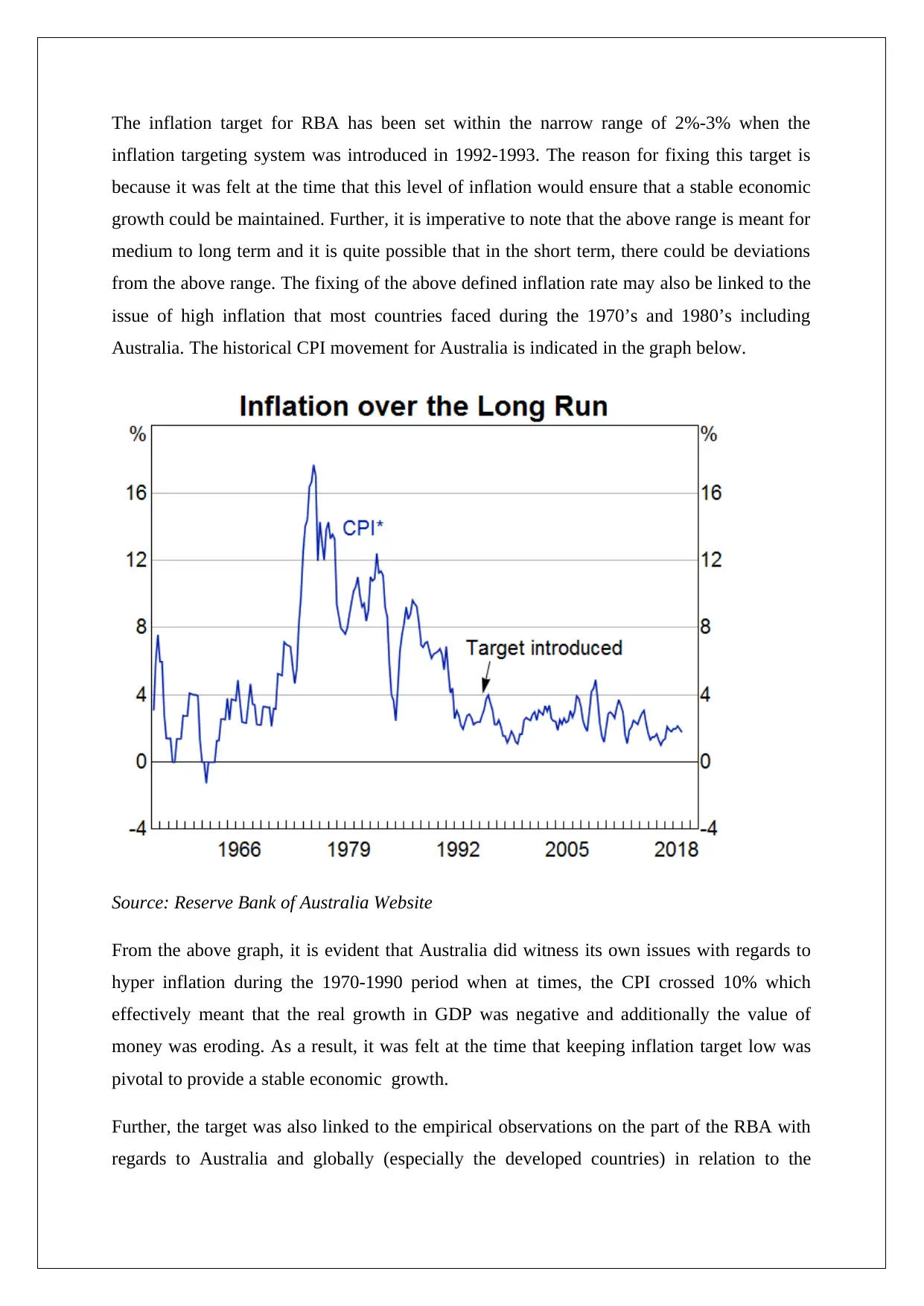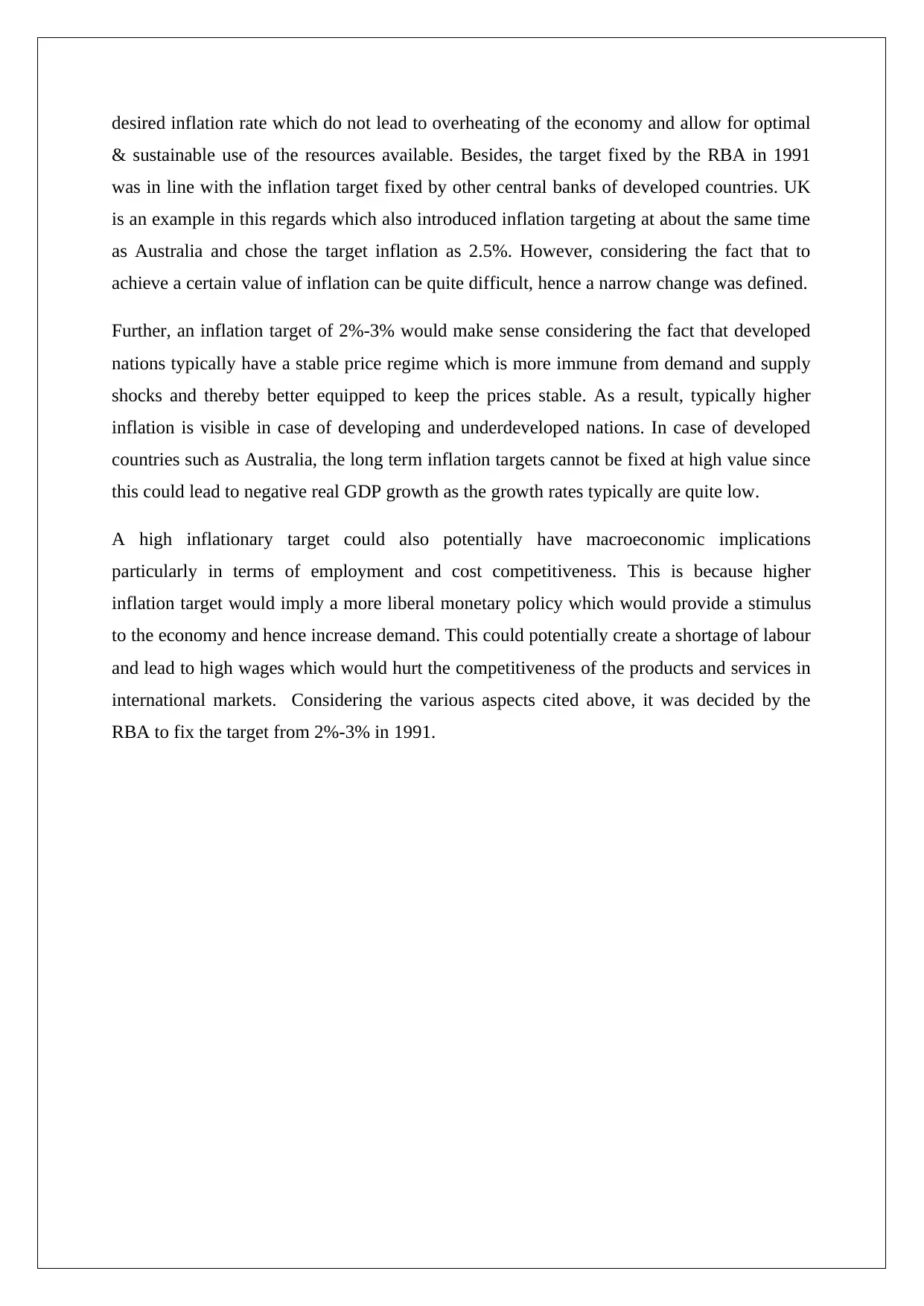The Rationale Behind RBA's 2%-3% Inflation Target: A Detailed Analysis
VerifiedAdded on 2023/04/21
|3
|568
|356
Essay
AI Summary
This essay provides an in-depth analysis of the Reserve Bank of Australia's (RBA) inflation target of 2%-3%, established in 1992-1993. The target was set to ensure stable economic growth, addressing concerns from the high inflation periods of the 1970s and 1980s. The essay highlights that this range is intended for the medium to long term, allowing for short-term deviations. It also notes the alignment of Australia's target with those of other developed nations, like the UK, and emphasizes the importance of a low inflation target to prevent negative real GDP growth and maintain international competitiveness. The analysis considers macroeconomic implications, such as employment and cost competitiveness, concluding that the RBA's target was strategically chosen to balance economic stability and growth.
1 out of 3










![[object Object]](/_next/static/media/star-bottom.7253800d.svg)